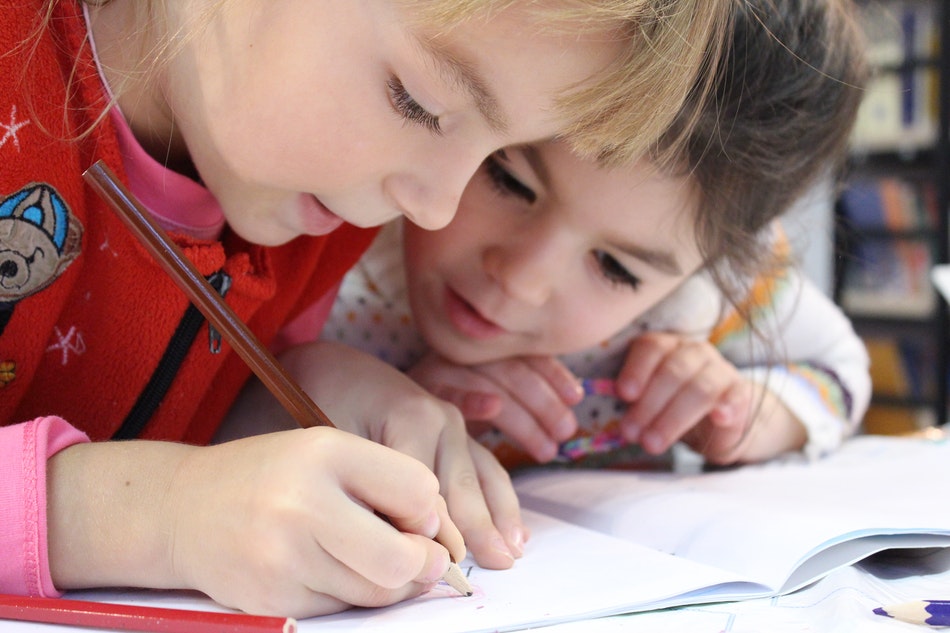
Learning a second language at an early age is better than doing it in later years. This is because a child’s brain is still developing and its language center tends to be more receptive at a young age. When kids gain early exposure to different sounds of the language they eventually become better at identifying its differences compared to adult non-native speakers.
Make it a Habit to Count Out Loud
Teaching little kids a second language does not have to feel like a chore. This would mean that teaching English for kids should be done in a less formal way to avoid the tendency of your child showing reluctance. You may start by making it a habit to count using the second language. For example, when you’re at home with the kid, make sure you are counting out loud each time you go up and down your stairs. Count when you are washing your hands in the kitchen or each time you give him food either during regular meals or during snack time. Eventually, you will hear your child counting with you using the second language. Once you stop in the middle, you will be surprised to hear your child finishing the counting for you.
The Wonders of Three
New words that are introduced in sets of three are usually easier to remember. This is so true, especially for kids who are not used to memorizing a lot of words at once. For example, start with counting to three using the target language. Avoid counting to ten right away or else a young child may find it too much for his brain to familiarize. Count one to three when playing with his toys. Introduce the names of objects in sets of three such as “red, yellow, blue” or “mother, father, child”. Always remember to incorporate fun into every word you introduce. You may do this by changing your voice and make it sound funny.

Let Them Watch Movies
Letting your child watch a foreign film that makes use of the second language is also another fun way to learn. Depending on his age, you may let him watch YouTube videos that use the English language. Nursery rhymes, cartoons, and songs that are created in educational second language format are effective materials for teaching. Choose genres that you think would elicit a positive reaction from your child. Letting your child watch a movie or video where characters speak the target language is tantamount to letting your child have complete immersion. He leaves his native tongue for a while and is fully preoccupied with hearing and understanding the sound, inflection, accent, etc. of the target language.
Learning a second language improves a child’s ability to solve problems, concentrate, and multi-task. His listening and critical-thinking skills will also be developed. Research shows that children who become adept at learning a foreign language were found to have greater mental flexibility and improved creativity. All these benefits will be enjoyed by your child. So, keep encouraging and looking for ways to help him learn a second language.




